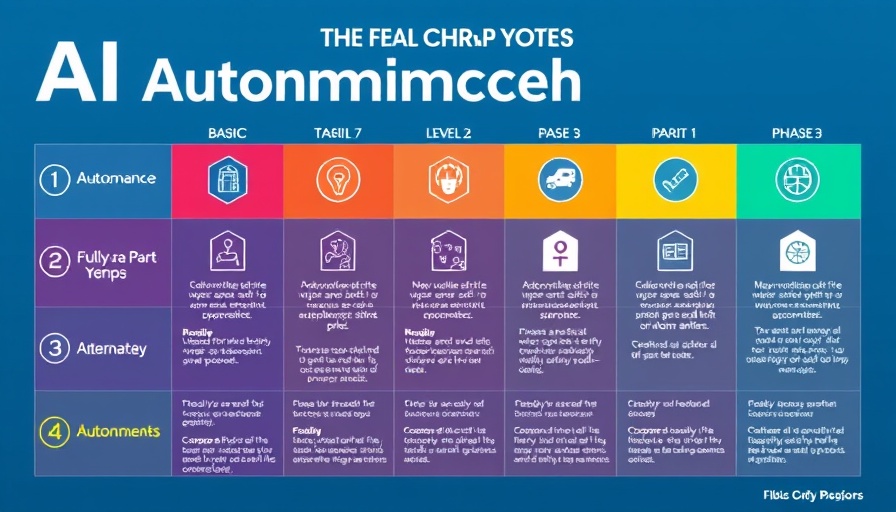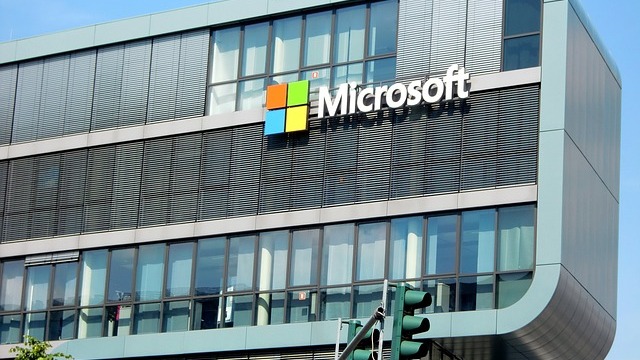
AI and Physical Systems: A Transformational Approach
The convergence between artificial intelligence (AI) and physical systems marks a watershed in technological advancement. This new frontier, often referred to as Physical AI, involves algorithms that transcend digital confines to interact dynamically with the physical world. By integrating AI capabilities with robotic mechanics, enterprises across various sectors can now perceive, adapt, and innovate in ways previously deemed impractical.
The Emergence of AI-Driven Robotics
Robotic systems are evolving rapidly due to advancements in AI, which enables them to perform complex tasks autonomously. Unlike their predecessors, modern robots can learn from environmental interactions, shifting from rigid programming to adaptability. This brings operational efficiencies that can reduce labor costs and increase productivity across industries.
The Spectrum of Physical AI Implementation
Understanding the capabilities of different Physical AI solutions is crucial for organizations looking to leverage this technology. The spectrum ranges from basic physical automation, where robots perform predefined tasks with human oversight, to fully autonomous systems capable of adapting to new environments with minimal human guidance. Current technologies primarily dwell at the lower levels of this spectrum, with movement toward full autonomy gaining traction.
Key Technologies Shaping the Future of Automation
Many enabling technologies underpin the evolution of Physical AI, including machine learning tools and frameworks like TensorFlow and PyTorch, which enhance decision-making capabilities in robotic systems. Moreover, the integration of AI with IoT and edge computing paves the way for immediate data analytics, ensuring that machines can operate in real-time without the lag typically associated with cloud computing.
Challenges and Ethical Considerations
As industries adopt more intelligent forms of automation, ethical challenges such as job displacement and unequal access to new technologies arise. Stakeholders must grapple with these issues, ensuring that innovation serves both business goals and societal interests.
Looking Ahead: The Role of Generative AI
The introduction of platforms like AWS Generative AI Innovation Center heralds a promising advancement for startups focused on the robotics sector. These initiatives not only support creative robotics solutions but also set the stage for achieving breakthroughs in efficiency and functionality across diverse industries.
Conclusion: Adapting to a New Reality
As businesses seek to flourish in a rapidly evolving landscape, embracing the capabilities of Physical AI will be pivotal. Organizations that leverage this technology effectively will not only enhance operational efficiencies but also redefine customer experiences, leading to a transformed industrial paradigm.
 Add Row
Add Row  Add
Add 




Write A Comment